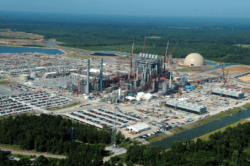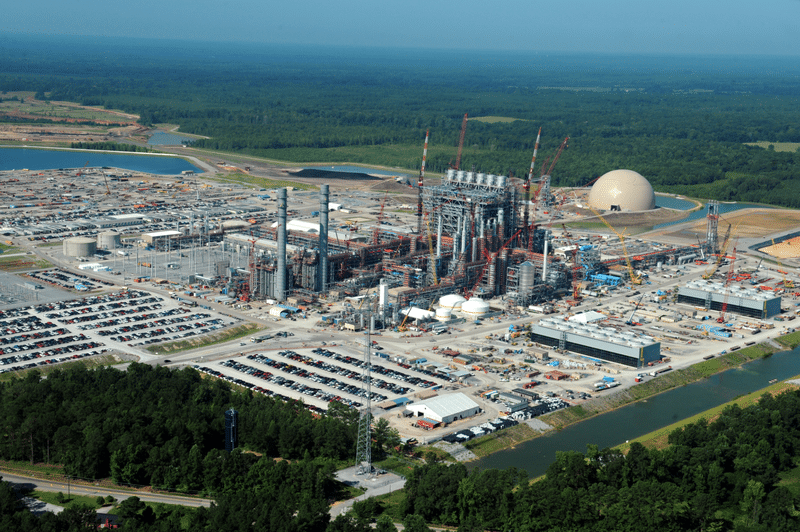
After years of embarrassing delays and $5.3 billion in cost overruns, Southern Company has finally pulled the plug on its pioneering “clean coal” plant in Kemper County, Mississippi.
The $7.5 billion Kemper County project would have been the world’s first Integrated Gasification Combined Cycle (IGCC) power plant with Carbon Capture and Storage (CCS). Instead, it will now run on natural gas, without carbon capture – an ironic end, given that Southern Co. could likely have built such a power plant from the outset for under $500 million.
The project’s failure should cast serious doubts on the prospects of both “clean coal” as well as Bioenergy with Carbon Capture and Storage (BECCS) – the current star child of techno-fix solutions to climate change.
BECCS would involve capturing CO2 from biofuel refineries or biomass-burning power stations and pumping it into geological formations, or – more likely due to economics – pumping it into oil wells in order to extract more oil. Despite lack of evidence as to the technological and economic viability of BECCS, the models underpinning the Paris Agreement’s 2°C target overwhelmingly rely upon BECCS as a “negative emissions technology” capable of being deployed at a scale large enough to balance out emissions by mid-century.
In theory, an IGCC power station like Kemper County should be the cleanest and most efficient way of generating electricity from burning coal or biomass. Furthermore, an IGCC plant with CCS should be less energy-intensive than a conventional power plant with CCS, because the CO2 is removed from the syngas pre-combustion – when the CO2 concentration is higher – instead of stripping it from the flue gas post-combustion when CO2 is diluted, as it is at facilities like the retrofitted Petra Nova coal plant in Texas, which was officially opened earlier this year.
The failure of the Kemper County project, which featured the cleanest and most efficient CCS power plant technology, should therefore be seen as a warning for policy-makers expecting CCS – including BECCS – technologies to magically close the emissions gap by mid-century.
It’s important to note that exchanging biomass for coal would add even more challenges to an IGCC with CCS plant. Biomass gasification results in a syngas which is chemically quite different from that generated through coal gasification, and therefore requires different treatment in order to produce a gas clean enough for burning to power a gas turbine.
While CCS advocates will undoubtedly seek to frame it as a marginal example, the reality is that the Kemper County project is a prime example of what CCS stands for – an enormous waste of public attention and resources, at a time when society should be focused on transforming our energy systems to address the root causes of climate change.




